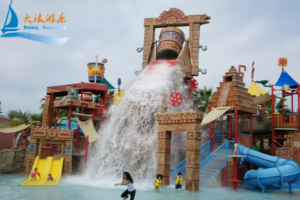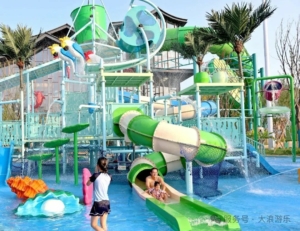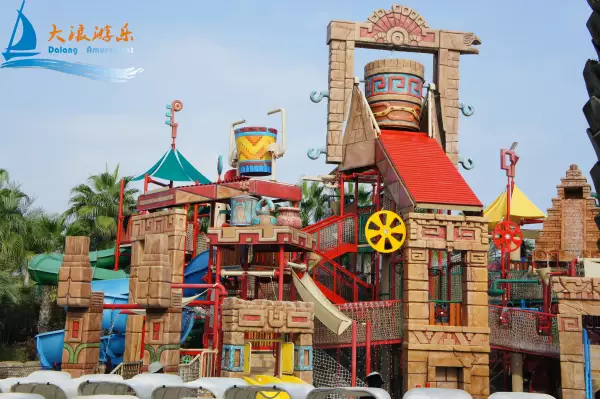The success of any water attraction begins before the first piece of equipment arrives. A well-prepared site ensures smoother installation, reduces costly delays, and creates a foundation for long-lasting water play attractions. From soil preparation to tool selection, every step matters. In this guide, we’ll walk through essential considerations for preparing the site, discuss the tools you need, troubleshoot common issues, and share tips to extend the life of your investment.
Site Preparation for Installation
Before any slide or splash structure is assembled, the site must be carefully assessed and prepared:
Soil testing and drainage: Identify whether the ground can handle heavy loads and ensure proper water flow.
Space planning: Allocate areas for water slides, splash pads, and service zones without overcrowding.
Utility connections: Confirm access to water supply, drainage lines, and power sources.
Safety zones: Create buffer areas around attractions to reduce risks for guests and staff.
Good site preparation not only prevents installation setbacks but also contributes to the efficiency and safety of the park.

Essential Tools for Installation
The right tools can make the difference between a smooth project and a frustrating one. While equipment varies by attraction size, most installations require:
Heavy machinery – cranes, forklifts, and excavators for moving large components.
Construction tools – drills, wrenches, and torque tools for fastening parts securely.
Waterproof sealants and adhesives – essential for slide joints and pipe connections.
Safety gear – harnesses, helmets, and gloves to protect workers.
Testing instruments – pressure gauges and electrical testers for system checks.
Without the proper tools, even experienced teams may face unnecessary delays and safety hazards.
Troubleshooting Installation Issues
Even with solid planning, challenges can arise. Operators should be prepared to handle issues such as:
Uneven foundations: Re-level surfaces before assembling large structures.
Water leaks in pipelines: Use pressure testing to identify and reseal joints.
Alignment problems in slides: Adjust brackets and supports to eliminate gaps.
Electrical malfunctions: Always double-check connections and rely on licensed electricians.
Staying proactive and resolving these issues quickly helps keep projects on schedule.

How to Ensure Durability and Longevity of Installed Water Park Attractions?
Long-term performance depends on smart choices during installation and ongoing care.
Choose corrosion-resistant materials: Stainless steel and fiberglass resist weathering and water damage.
Apply protective coatings: Specialized finishes extend the lifespan of exposed surfaces.
Plan for maintenance access: Install equipment with enough clearance for future repairs.
Follow climate-specific practices: In colder regions, design for seasonal shutdown and winterization.
When durability is a priority, water attractions can remain safe and profitable for decades.
Training and Workforce Readiness
Even the best tools and site preparation are ineffective without a skilled workforce. Ensuring teams are trained reduces errors and keeps installations efficient.
Why training matters
Untrained crews may overlook safety checks, leading to costly rework.
Skill requirements
Workers should understand mechanical assembly, plumbing systems, and water circulation basics.
Ongoing education
Regular training sessions on new technologies help operators stay ahead of industry trends.
Conclusion
Preparing a site for water park equipment installation involves more than just pouring concrete and setting slides. Careful planning, the right tools, effective troubleshooting, and strategies for durability all contribute to long-term success. Additionally, well-trained teams are essential to keep the project safe and on track. By addressing these areas before opening day, operators can ensure their attractions not only look impressive but also perform reliably season after season.
FAQs
Q1: How far in advance should site preparation begin?
Ideally, start 3–6 months before equipment delivery to handle soil testing and utility planning.
Q2: Can smaller attractions be installed without heavy machinery?
Yes, splash pads and modular play areas often require only basic construction tools.
Q3: What’s the most common installation problem for water parks?
Water leaks in pipelines and slide alignment issues are among the most frequent.
Q4: How can I extend the lifespan of installed attractions?
Use durable materials, apply protective coatings, and schedule seasonal maintenance.
Q5: Do workers need special certification for installation?
While not always required, training in aquatic facility construction and safety standards is highly recommended.




